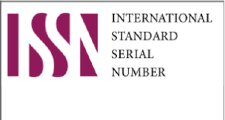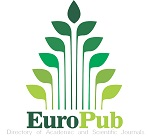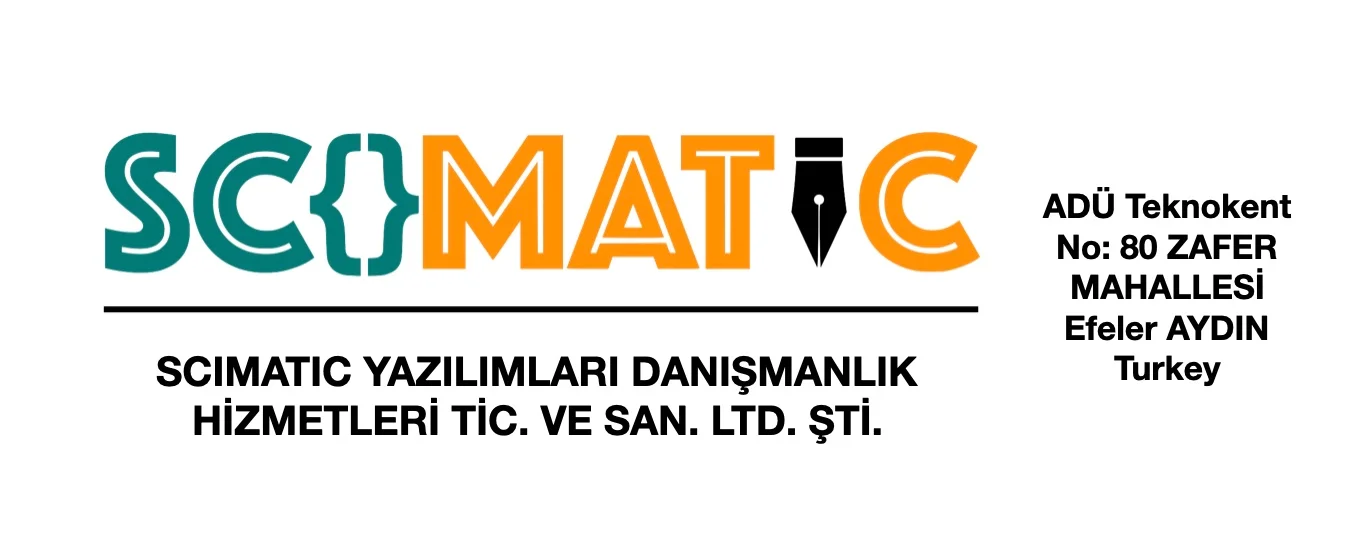پاکستانی ادب میں عورت کی تصویر: روایتی سے جدید تک کا سفر
The Image of Women in Pakistani Literature: Journey from Traditional to Modern
Keywords:
Feminist Critical Discourse Analysis; Pakistani literature; Partition literature Urdu feminism; Women’s representation; Postcolonial genderAbstract
This article traces the evolution of women’s representation in Pakistani (primarily Urdu) literature from reformist and domestic paradigms to modern, intersectional feminist articulations. Reading canonical prose and poetry across three broad phases—(i) late-colonial reform and didacticism; (ii) Partition and post-Partition trauma with emergent agency; and (iii) contemporary feminist interventions—the paper argues that Urdu letters progressively reconfigure the figure of the woman from a moral exemplar confined to the private sphere to a critical subject who interrogates gender, sexuality, class, religion and nation. The analysis juxtaposes Nazir Ahmad’s Mirʾāt-ul-ʿArūs (1869) as a reformist, domestically oriented template with Ismat Chughtai’s “Liḥāf” (1942) as an early sexual-political rupture, extends to Qurratulain Hyder’s Āg kā Daryā (1959) for historical-philosophical depth, and culminates in the poetic insurgency of Kishwar Naheed and Fahmida Riaz. The study is anchored in postcolonial feminism (Spivak; Mohanty) and Feminist Critical Discourse Analysis (Lazar), combining close reading with contextual literary history. It demonstrates how Urdu literature both mirrors and resists socio-political transformations, ultimately repositioning women as agents of change rather than objects of reform. The findings contribute to South Asian gender-literary debates by mapping a sustained shift from pedagogic domestication to intersectional critique in Pakistani Urdu prose and poetry.






















